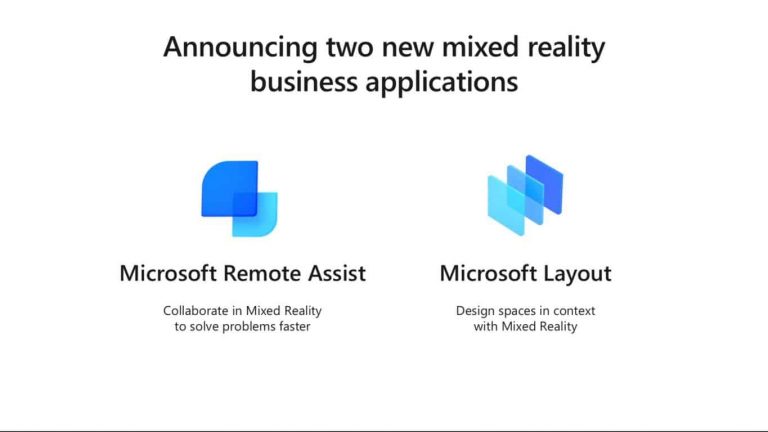As Microsoft seemingly puts Windows in the rearview mirror for the foreseeable consumer-focused future industry observers have begun looking for the company’s next northern start product. For the past 36 months, Microsoft has telegraphed its ambitions to be in the cloud industry as a provider of storage, software and artificial intelligence solutions in the cloud, but it seems the company would also like to dabble in multi-sense and multi-device mixed reality experiences.
During the company’s premier developer conference Build, Microsoft showcased some new advancements in its Mixed Reality platform experiences that it hopes developers will build experiences around.
The new improvements include contextual understanding from the platform that will now enable developers to build experiences around a wearers surrounding, most used items, frequent activities and their relationship to objects and people over a span of time.
- With Microsoft Remote Assist, customers can collaborate remotely with heads-up, hands-free video calling, image sharing, and mixed reality annotations. First line Workers can share what they see with any expert on their Microsoft Teams contact list, while staying hands on to solve problems and complete tasks together, faster.
- With Microsoft Layout, customers can design spaces in context with mixed reality.
Import 3D models to create room layouts in real-world scale, experience designs as high-holograms in physical space or in virtual reality, and share and edit with stakeholders in real time.
While the term Mixed Reality is still being questioned by tech industry pundits as its relevancy to either AR or VR, the actual applications of virtual and augmented reality are gaining separate and increasing attention from developers, and Microsoft is looking to make the process of creating experiences for either platform, as easy as possible.
Coupled with its massive cloud infrastructure, machine learning, and artificial intelligence solutions, Microsoft’s foray into the advancement of AR and VR experiences should fair a bit better its fateful dive into smartphones.


